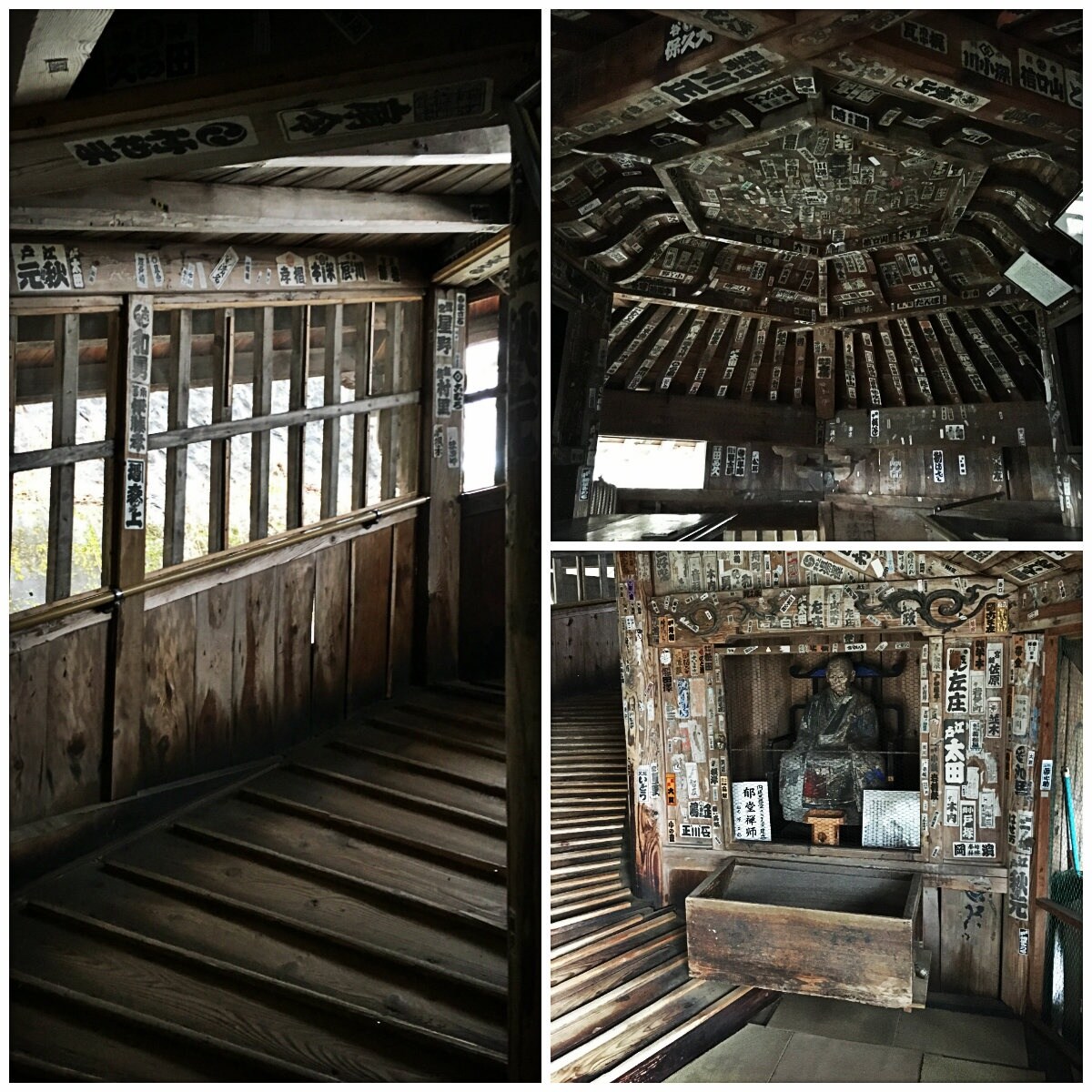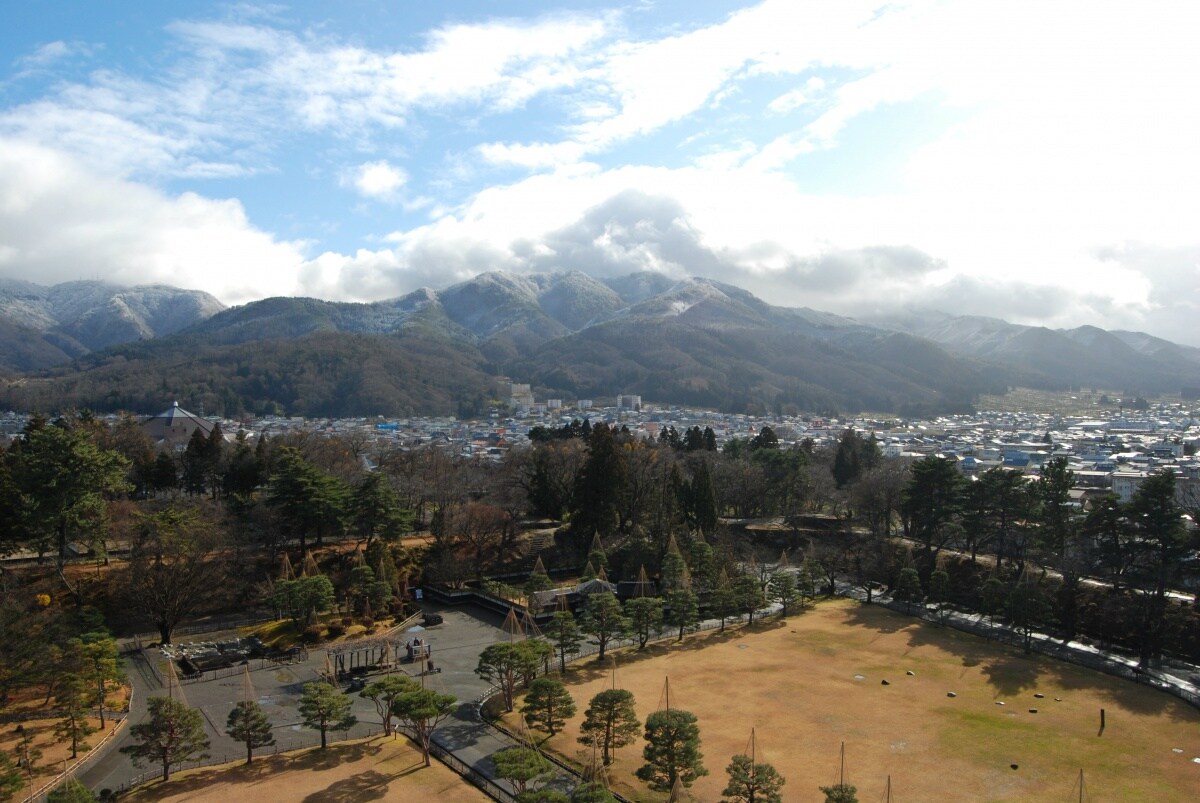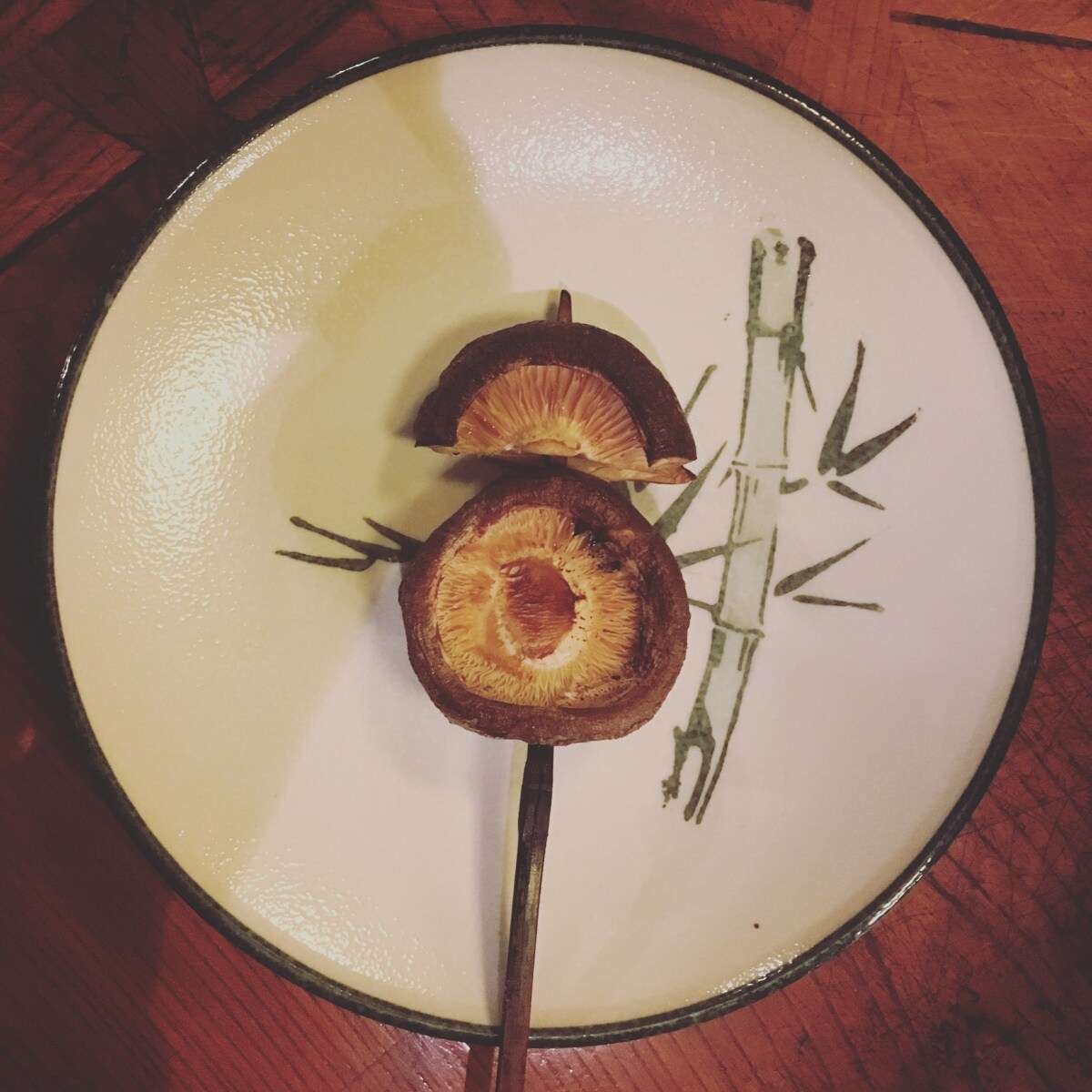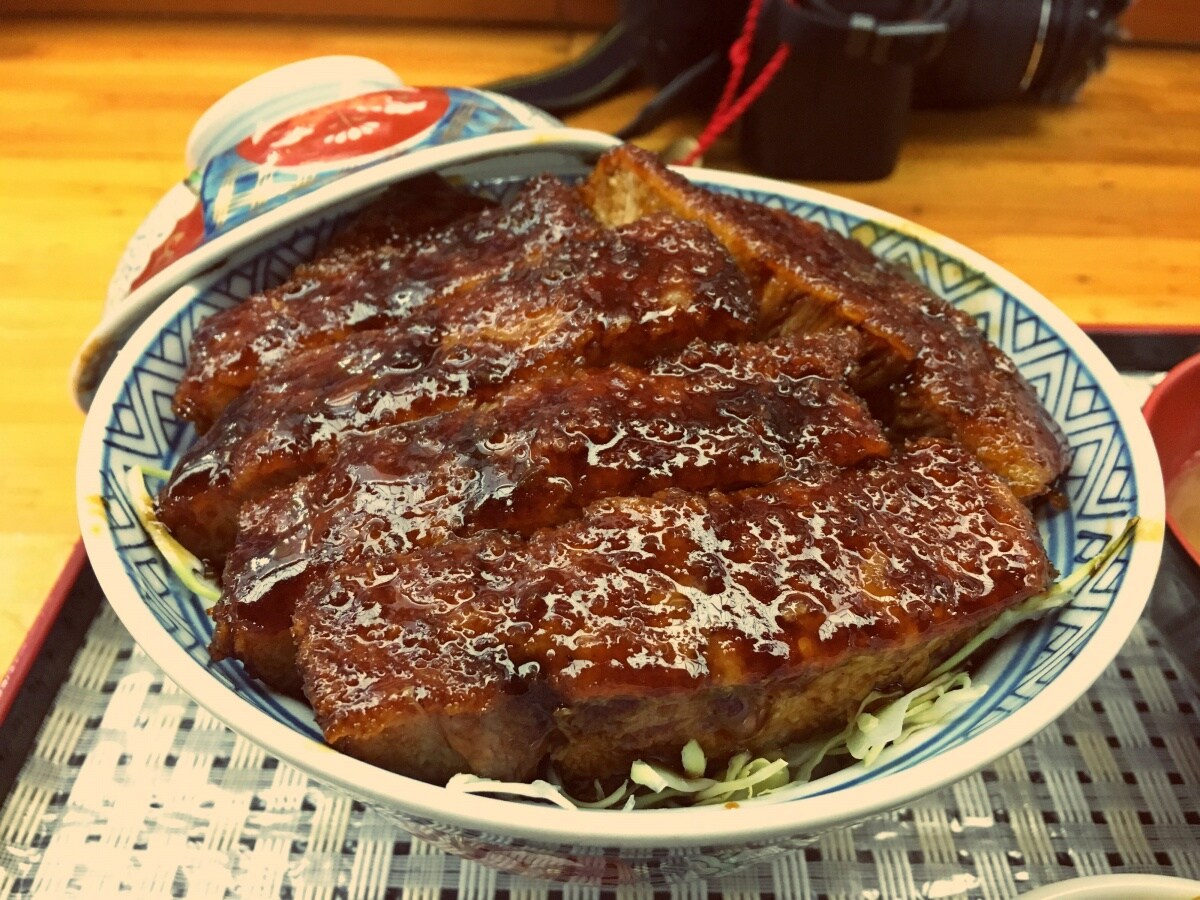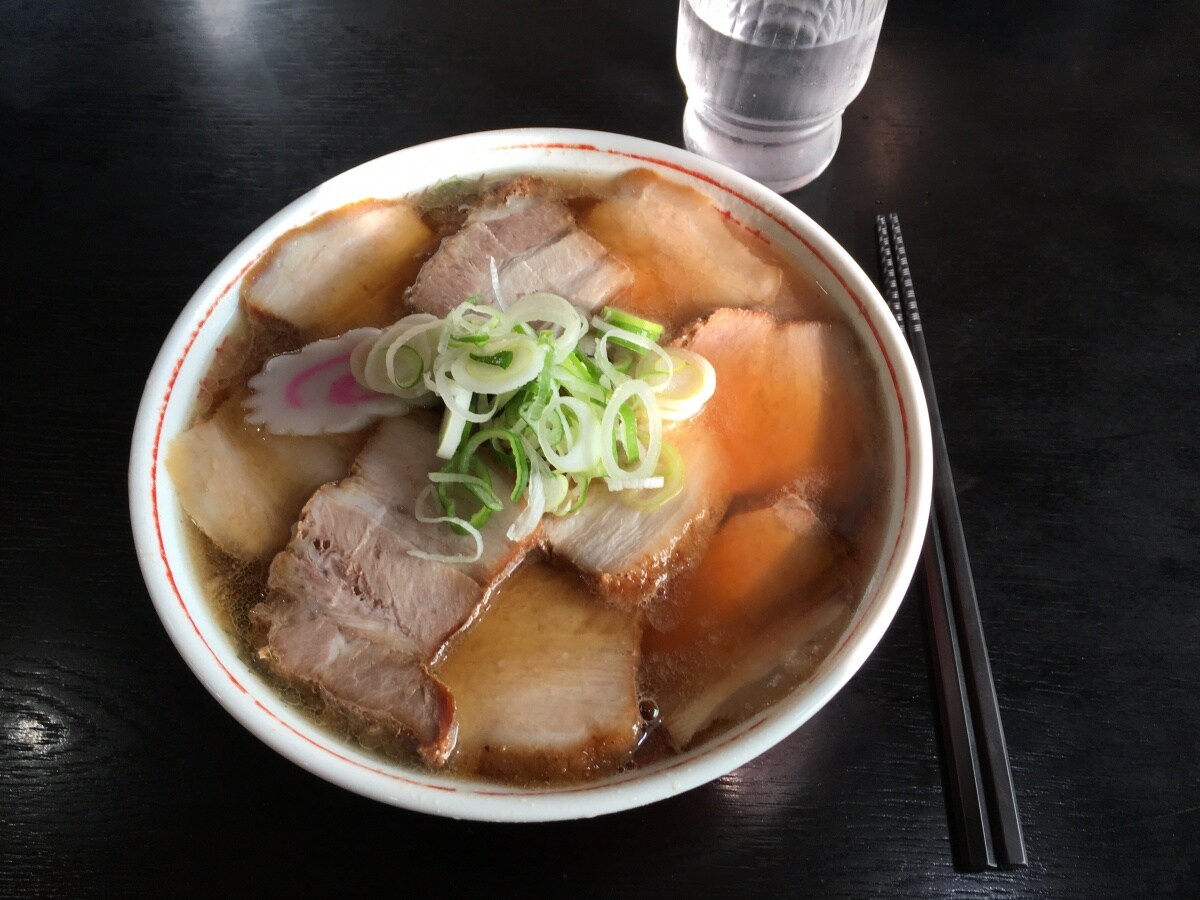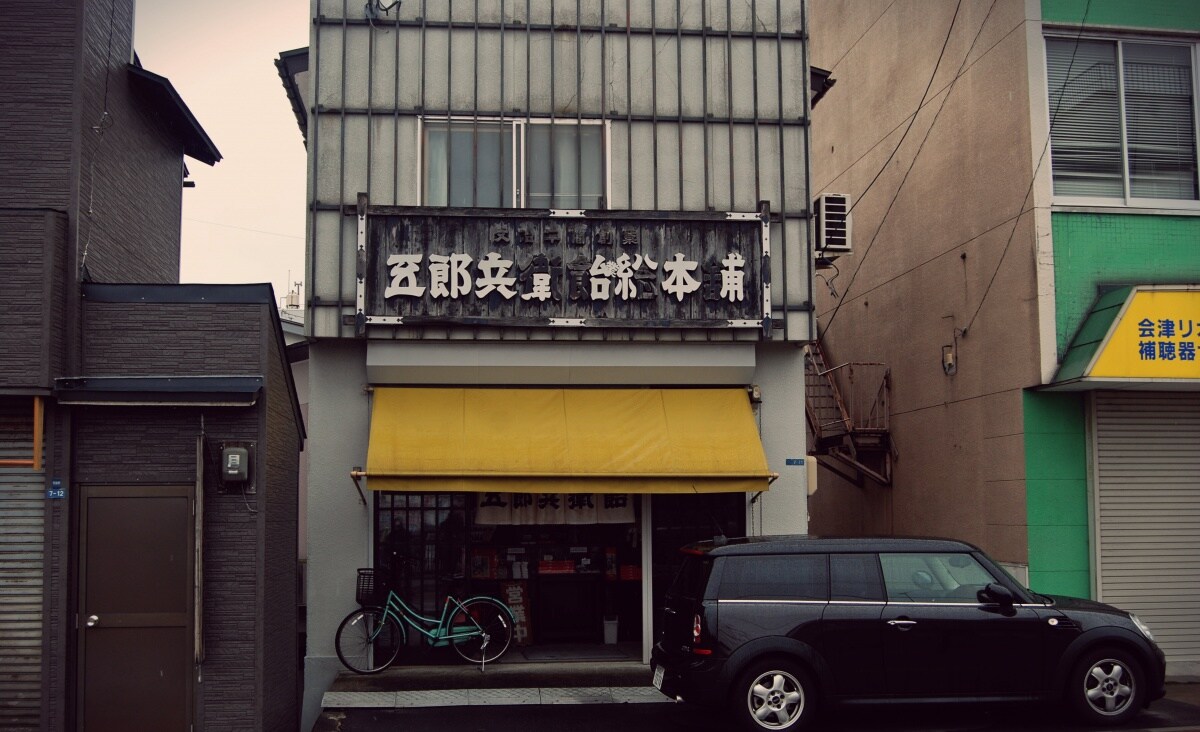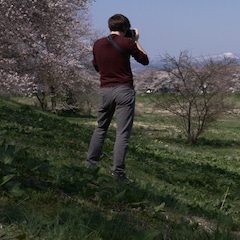Aizuwakamatsu: Modern City, Samurai Spirit
Located in western Fukushima Prefecture, Aizuwakamatsu, also known as “Samurai City,” is a sterling example of Japan’s ability to seamlessly combine the amenities of a modern city with respect for its traditions and historical significance. I spent an unforgettable weekend up north, getting reacquainted with the place I used to call home.
By Nicholas RichSazaedo
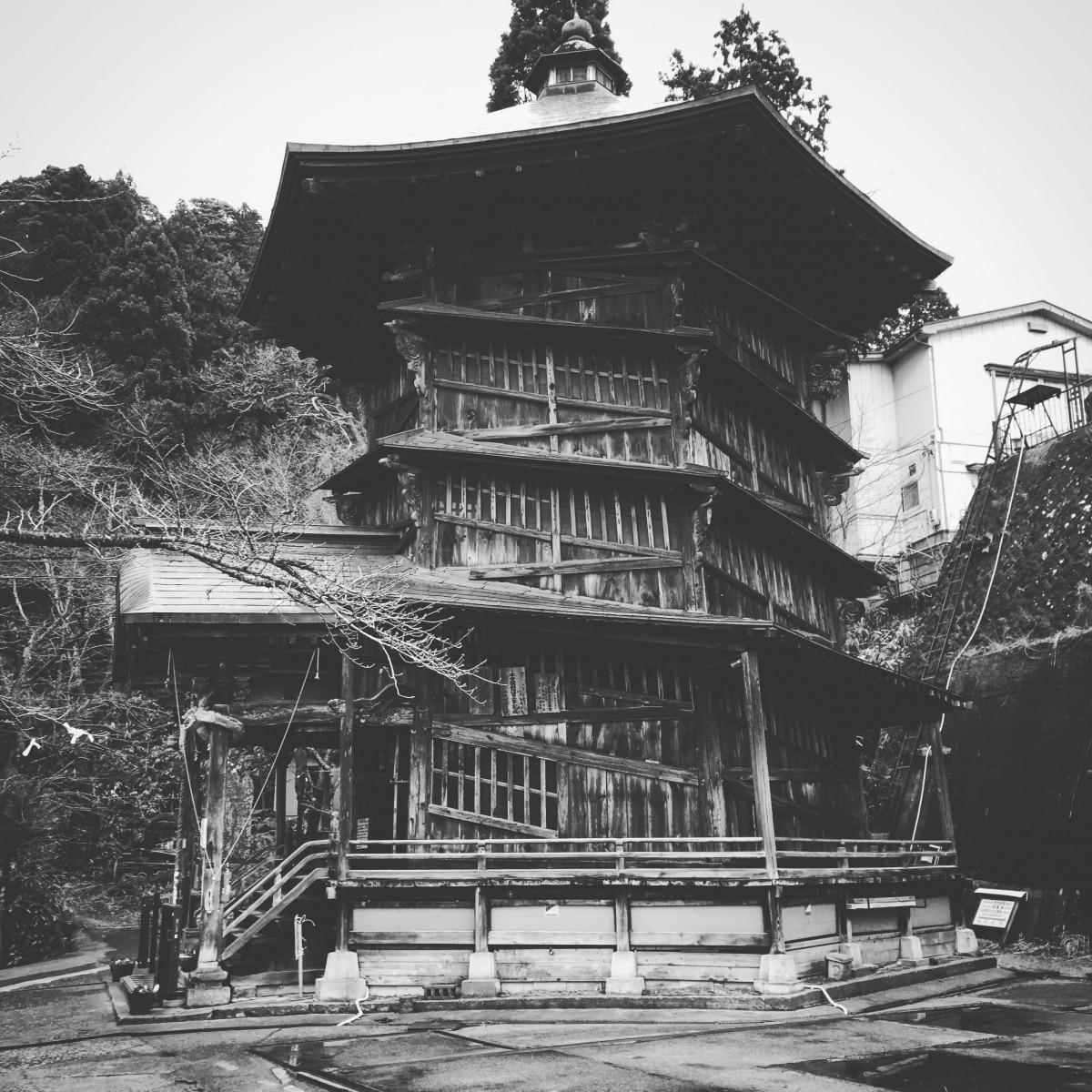
Built in 1796, Sazaedo (会津さざえ堂, also known as Entsu Sansoudo) is one of the oldest wooden structures in the country and a designated Important Cultural Property. About 16.5 meters (54 ft) tall, this three-storied hexagonal pagoda has a double-spiral staircase, similar to those at the Chateau du Chambord, whose design has been credited to Leonardo da Vinci.
Along both sides of the staircase are replicas of the 33 Kannon statues of the Kinki (or Kansai) region, and entering is said to bring visitors good luck! While I make no promises of fortune, the experience is somewhat eerie and surreal—well worth the ¥400 entry fee.
Let’s Go to Tsuruga Castle
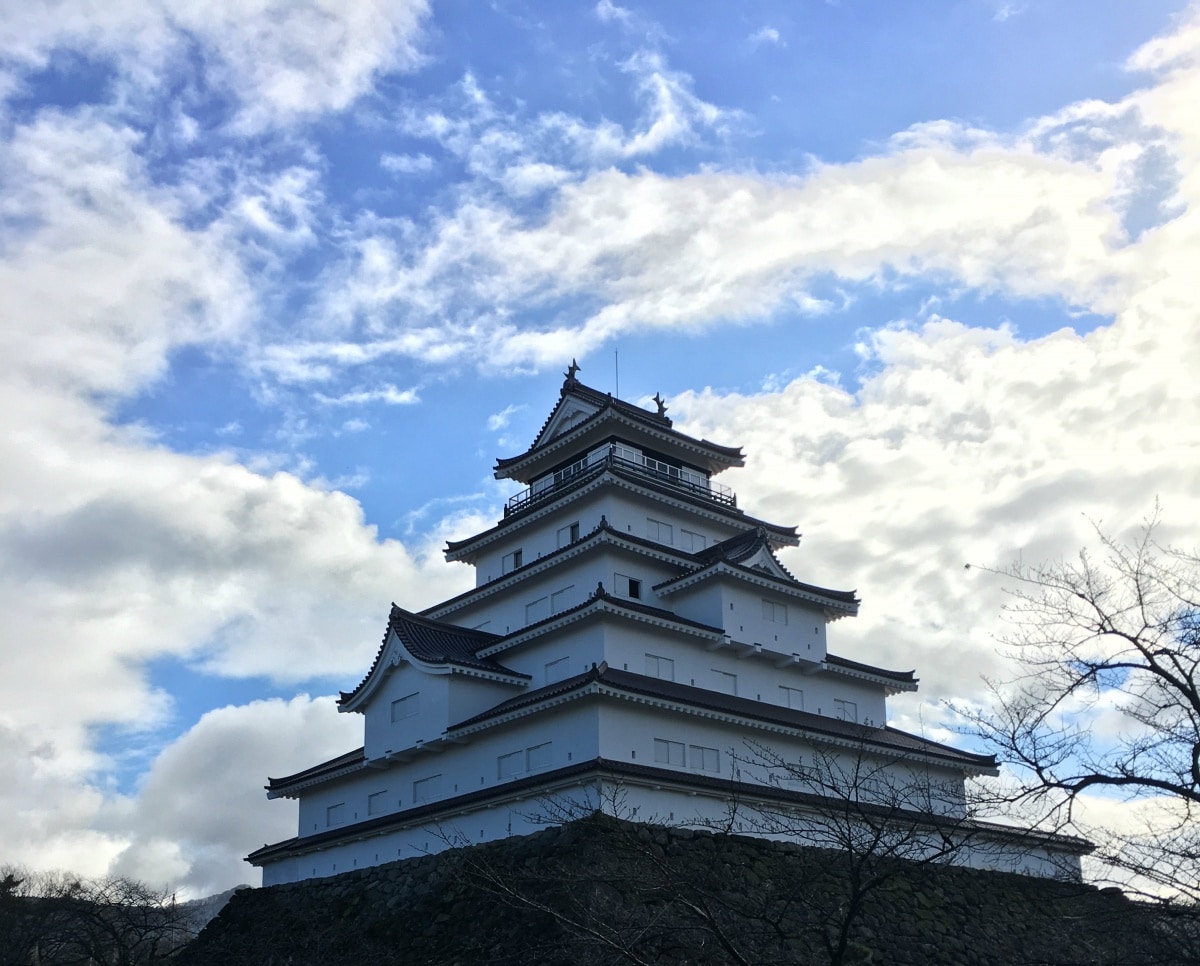
Aizuwakamatsu Castle (会津若松城), also known as Tsuruga Castle (鶴ヶ城), was originally constructed in 1384. It was the military center of the various rulers of the Aizu Domain until 1868. Because of the damage sustained during the Boshin War, the unstable structure was demolished by the new government in 1874, although much of the surrounding wall is the original stonework. The castle was reconstructed in 1965 and houses a museum detailing the history of Aizu, a gift shop filled with local handcrafts and sweets, and an observation deck at the top. It's even considered one of the Top 10 castles of Tohoku according to the Japan Castle Foundation.
The grounds of the castle are free to enter and host a wide variety of events throughout the year, such as cherry blossom viewing in the spring and festivals in the winter. There's also a tea room where visitors can experience the beauty of sado, Japanese tea ceremony, firsthand. The castle was undergoing maintenance during my visit, but that didn’t diminish its impressiveness.
Photos were prohibited inside the castle museum, but I could have easily whiled away the hours gazing at portraits, reading the in-depth history of the various samurai and the roles they played in the Boshin War. There were antique weapons and armor, intricate hanging scrolls and maps and remnants of the castle’s original structure. The observation deck at the top offers a panoramic view of the surrounding area, with forest-covered mountains peppered in frost skirting around the city. Quite the view for only ¥480.
Wine & Dine
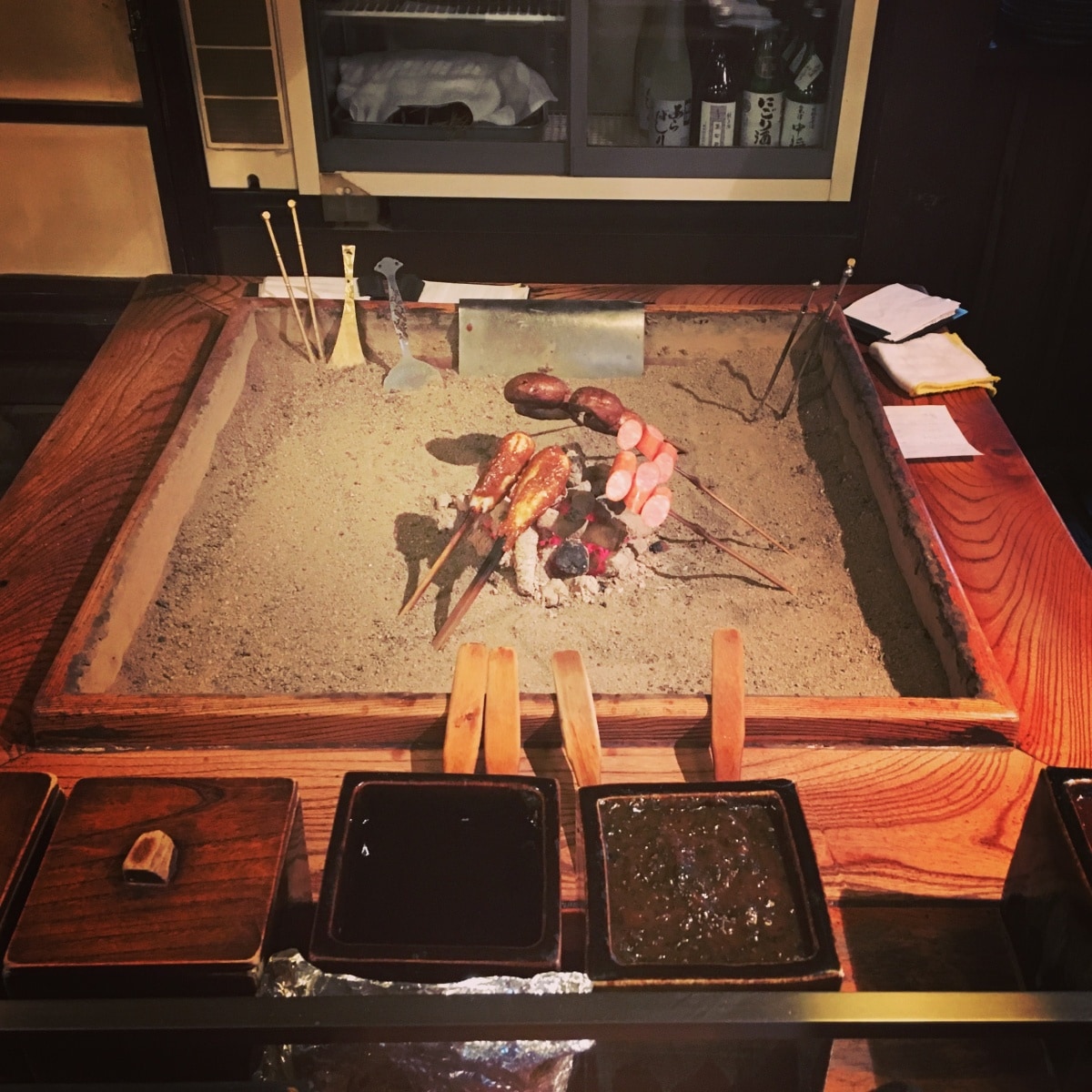
I’ve already written about the many award-winning breweries peppered throughout the area, but great drinks are nothing without great food. Fortunately, the robust food culture of Aizu is comprised of delicious local specialties, as well as unique twists on Japanese classics.
Take, for example, miso dengaku. These hearty, bite-sized portions of assorted foods are cooked on bamboo skewers over an open charcoal pit, and topped with a special miso sauce. Staples include mochi (Japanese rice cakes), fried bean curd and herring. I stopped in at Mitsutaya, a long-established miso store with a restaurant attached. I sampled lightly marinated shiitake mushrooms, spicy kurobuta sausages and sweet, gooey, miso-covered kiritanpo (pounded rice shaped into cylinders, famous in Akita Prefecture), as well as misozuke pickles, which were the perfect combination of savory and sour. I was so impressed that I brought some home with me.
But that wasn’t the only thing I had a hankering for. Aizu also has a reputation for its sauce katsu, pork cutlets breaded and fried to crispy perfection, covered in a sweet sauce, and placed upon a bed of rice. There are over 15 restaurants in the confines of the city that specialize in this dish, each with their own unique characteristics. While the small, unassuming shop I wanted to revisit was unfortunately closed over the holiday season, I stumbled upon Nakajima, thanks in no small part to the giant picture of sauce katsu on the wall outside the shop. I ordered their premium set, which came with pickles, miso soup, and the juiciest katsu I’ve ever had, slathered in a delicious sauce. I was a bit wary of the ¥1,700 (US$15) price tag, but after one bite, I knew it was money well spent.
Finally, I knew my trip wouldn’t be complete without a visit to the neighboring town of Kitakata for a bowl of ramen. Said to have one of the highest per-capita number of ramen shops in the country, Kitakata ramen is unique for its thick, curly chijire noodles, as well as its pork and niboshi (dried Japanese sardines) broth. I stopped by to visit my old Japanese teacher, and we caught up over a piping hot bowl. The thicker noodles have the perfect bite, the broth was flavorful without being oily, and the slices of pork melted in my mouth. Many shops throughout the country claim to do Kitakata ramen, but you can’t beat the real thing, and Ramen Ippei is the genuine article.
A Little Something Sweet
I’ve been gradually won over by wagashi, Japanese sweets, since I moved back. I’m not a fan of heavy, overly sugary desserts or candy, but a small treat with a cup of tea can really hit the spot. Aizu Aoi has been making picture-perfect Japanese sweets for decades.
Housed in an excellently maintained brick building, the sweets offered are as beautiful as the boxes they come in. There’s even a café around the corner where visitors can enjoy them with a cup of coffee or green tea.
I also wanted to visit Gorobe-Ame Honpo, which I had the pleasure of writing about before. Gorobe-Ame is a subtly flavored sweet made from gelatinous rice, and the honpo (head office) has supposedly been in operation since 1180. The shop has obviously been renovated throughout the years, considering its great condition, but has been operated by the same family for 38 generations, using the same recipe that was enjoyed by Minamoto-no-Yoshitsune. Only a short walk from the station, stopping by is a great way to get a true taste of Japanese history.
There’s the famous saying that “youth is wasted on the young,” with the implication that we can't truly understand the value of our experiences until much later. In some ways, I feel a similar sense of regret when it comes to Aizu. I knew remarkably little about Japan when I lived there, and didn't understand what about the country fascinated me so much. And so I underutilized the wealth of cultural experiences available to me. It’s an historic town with so much to offer, and I was incredibly happy to go back. Here's hoping my next visit isn't another five years in the making.
For more information on the incredible opportunities awaiting you in Tohoku, visit All About’s hub and start planning your trip today!


